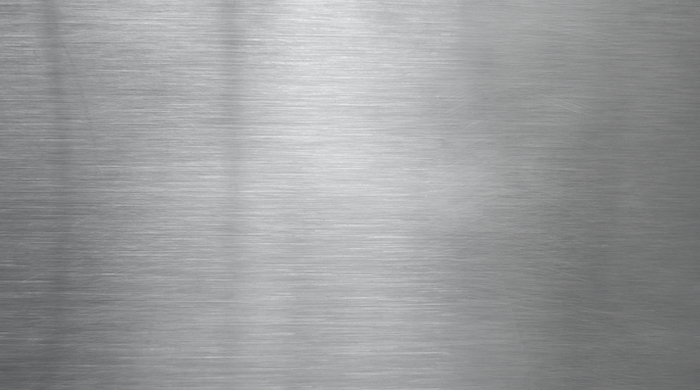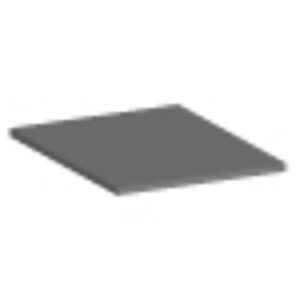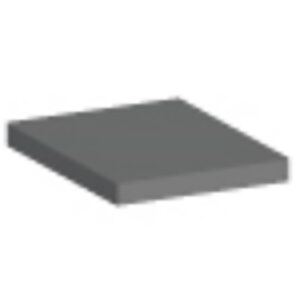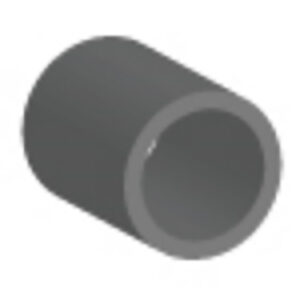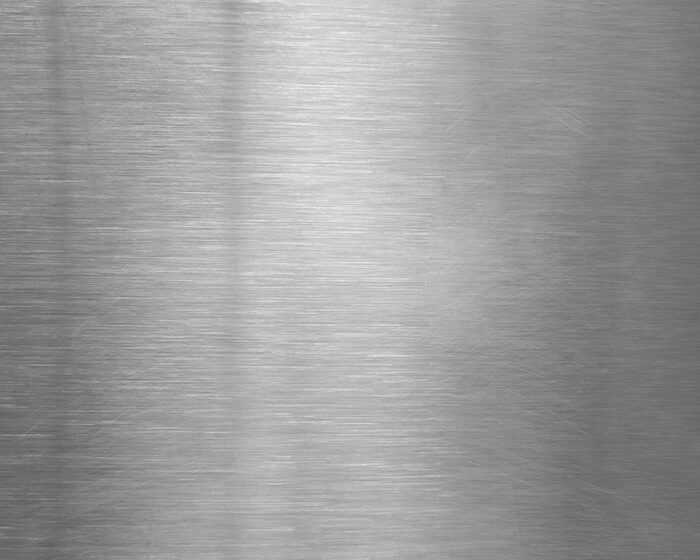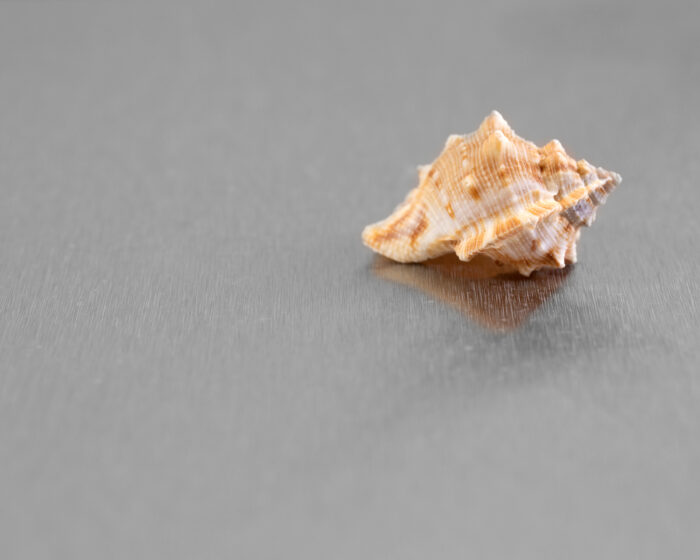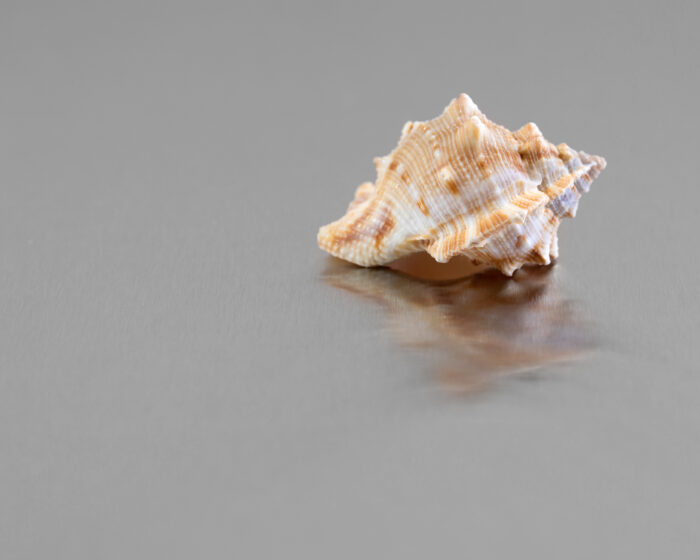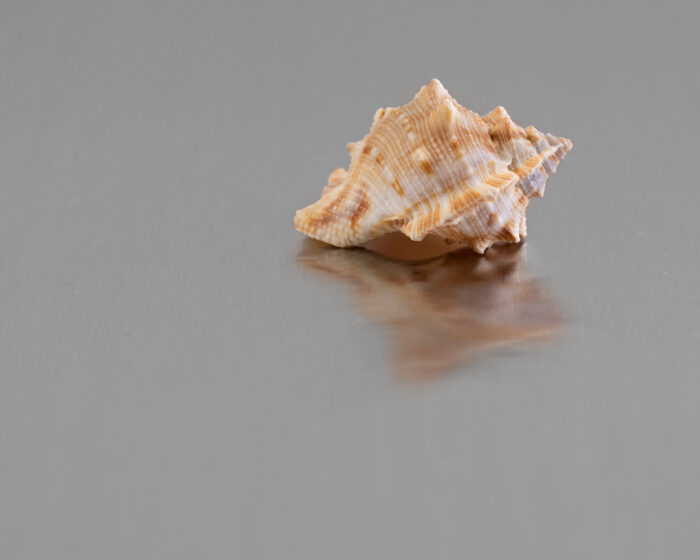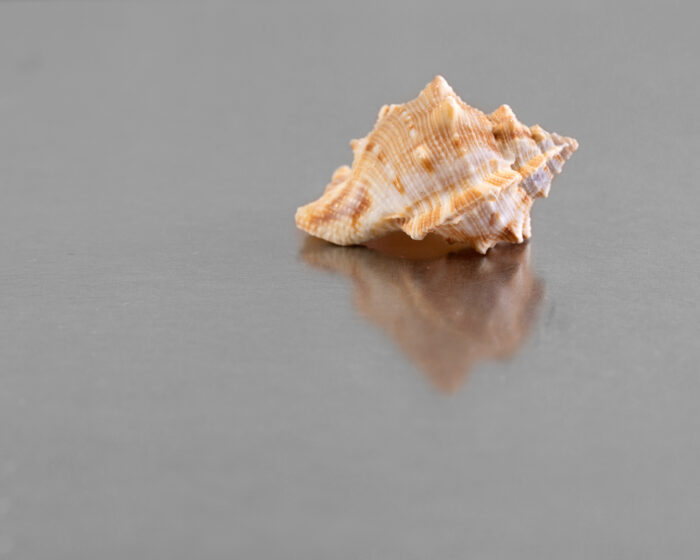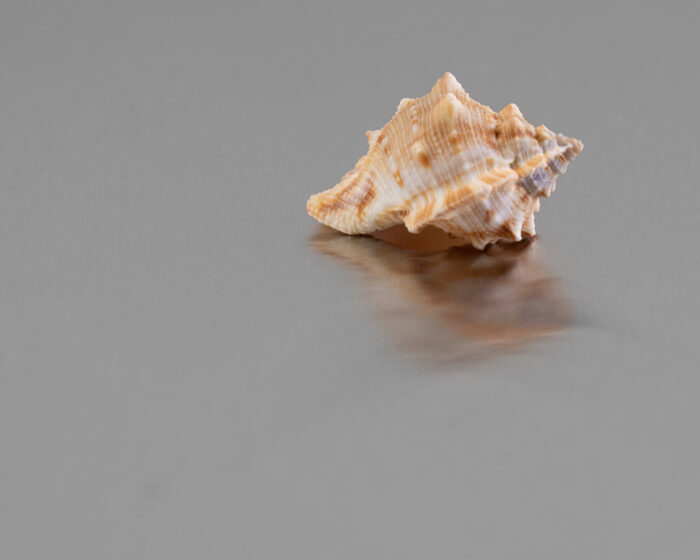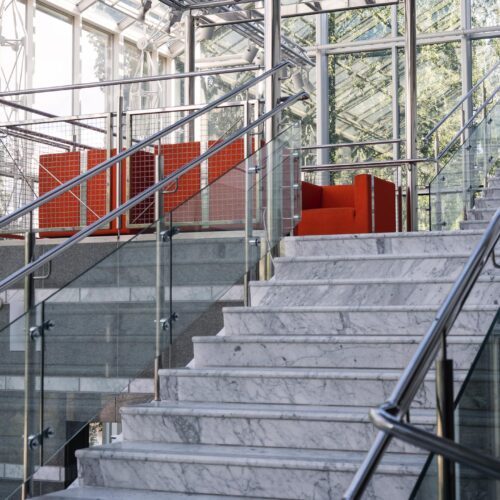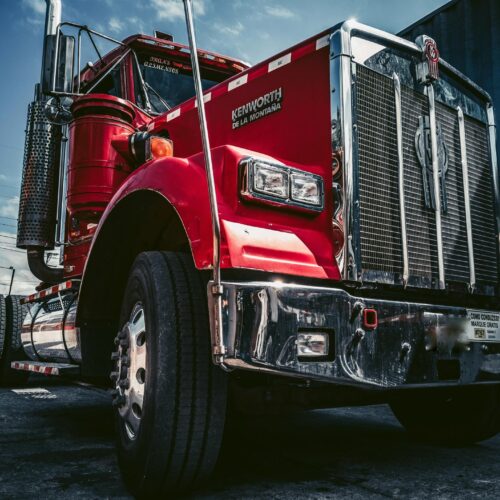General properties of stainless steel
While steel is simply an alloy of iron and carbon, stainless steel also includes at least 10.5% chromium, which makes it extremely resistant to corrosion. Some varieties of stainless steel include significantly more than this minimum, as well as other metals. These differences in composition can greatly impact the final result of the stainless steel fabrication and finishing process.
While the precise composition of stainless can vary greatly, common traits of stainless steel alloys include excellent tensile strength, durability, resistance to extreme temperatures, low maintenance requirements, and eco-friendliness (as stainless steel is 100% recyclable). Stainless steel is highly versatile and is compatible with a variety of satin, mirror, and custom metal finishes.
Common varieties of stainless
As mentioned above, stainless steel is available in literally thousands of varieties and different chemical compositions. Below are some of the most common varieties of stainless steel used in various fabrication and polishing projects:
304
Grade 304 is the most common stainless steel variety, as it offers good corrosion resistance and is fairly malleable. This makes it popular for many products and use cases, including storefronts and signage, appliances, automobiles, sheet metal fabrication, and more. Grade 304 stainless steel is an austenitic alloy, and it contains 18% chromium and 8% nickel.
316
Grade 316 stainless steel offers much higher corrosion resistance than 304 stainless steel. This is due to its higher nickel content as well as the addition of Molybdenum, a trace mineral. Grade 316 stainless steel contains 16% chromium, 10% nickel, and 2% Molybdenum, and it is an austenitic alloy.
Because of its greater corrosion resistance, grade 316 stainless is frequently used in marine environments or other situations where contact with seawater or brine solutions may be expected. It is also popular in the pharmaceutical industry, as well as for many of the same uses as 304.
430
Also a ferritic alloy, grade 430 is a lower-cost stainless steel option with only basic resistance to corrosion. Both of these attributes are thanks to the lack of nickel in this alloy, as grade 430 stainless steel contains 16% chromium and no nickel whatsoever.
Duplex
In addition to the many “standard” grades of stainless steel, there are also duplex alloys, which contain some combination of stainless steel alloys, both ferritic and austenitic. Typically duplex alloys are formulated to have greater corrosion resistance and improved toughness compared to the alloys comprising them. Duplex alloys can be further subcategorized as either Lean Duplex, Standard Duplex, or Superduplex.

